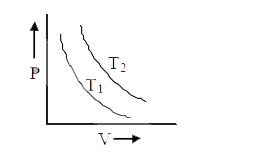Shown below are the black body radiation curves at temperature T1 and T2(T2>T1). Which of the following plots is correct?
A
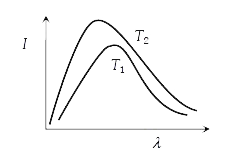
B
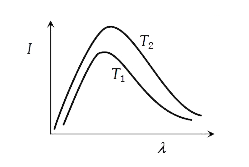
C
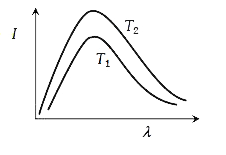
D
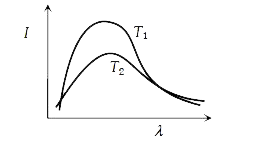
Video Solution
Text Solution
The correct Answer is:A
λmT=constant,
∵λm_2<λm_1∴T1<T2.
|
Topper's Solved these Questions
- TRANSMISSION OF HEAT BOOK - ERRORLESSCHAPTER - TRANSMISSION OF HEAT EXERCISE - Assertion & Reason
22 Videos
- TRANSMISSION OF HEAT BOOK - ERRORLESSCHAPTER - TRANSMISSION OF HEAT EXERCISE - NCERT BASED QUESTIONS (Radiation (Newton.s Law of Cooling))
11 Videos
- THERMOMETRY, THERMAL EXPANSION AND CALORIMETRYBOOK - ERRORLESSCHAPTER - THERMOMETRY, THERMAL EXPANSION AND CALORIMETRYEXERCISE - ASSERTION & REASON
10 Videos
- UNITS, DIMENSIONS AND MEASUREMENTBOOK - ERRORLESSCHAPTER - UNITS, DIMENSIONS AND MEASUREMENTEXERCISE - ASSERTION & REASON
17 Videos
Similar Questions
Knowledge Check
Show below are the black body radiation curves at temperature T1 and T2(T2>T1). Which of the following plots is correct?
A B
B C
C D
D
A black body radiates heat at temperatures T1 and T2(T2>T1 the frequency corresponding to maxium energy is
Amore atT1Bmore at T2Cequal for T1 and T2Dindependent of T1 and T2A black body radiates heat at temperatures T1 and T2(T2>T1 the frequency corresponding to maxium energy is
Amore atT1Bmore at T2Cequal for T1 and T2Dindependent of T1 and T2
Select the graph that correctly describes the adsorption isotherms at two temperatures T1 and T2(T1>T2) for a gas : (x — mass of the gas adsorbed m-mass of adsorbent P - pressure)
View SolutionFollowing represents the Maxwell distribution curve for an ideal gas at two temperature T1 and T2 . Which of the following option(s) is/are true?
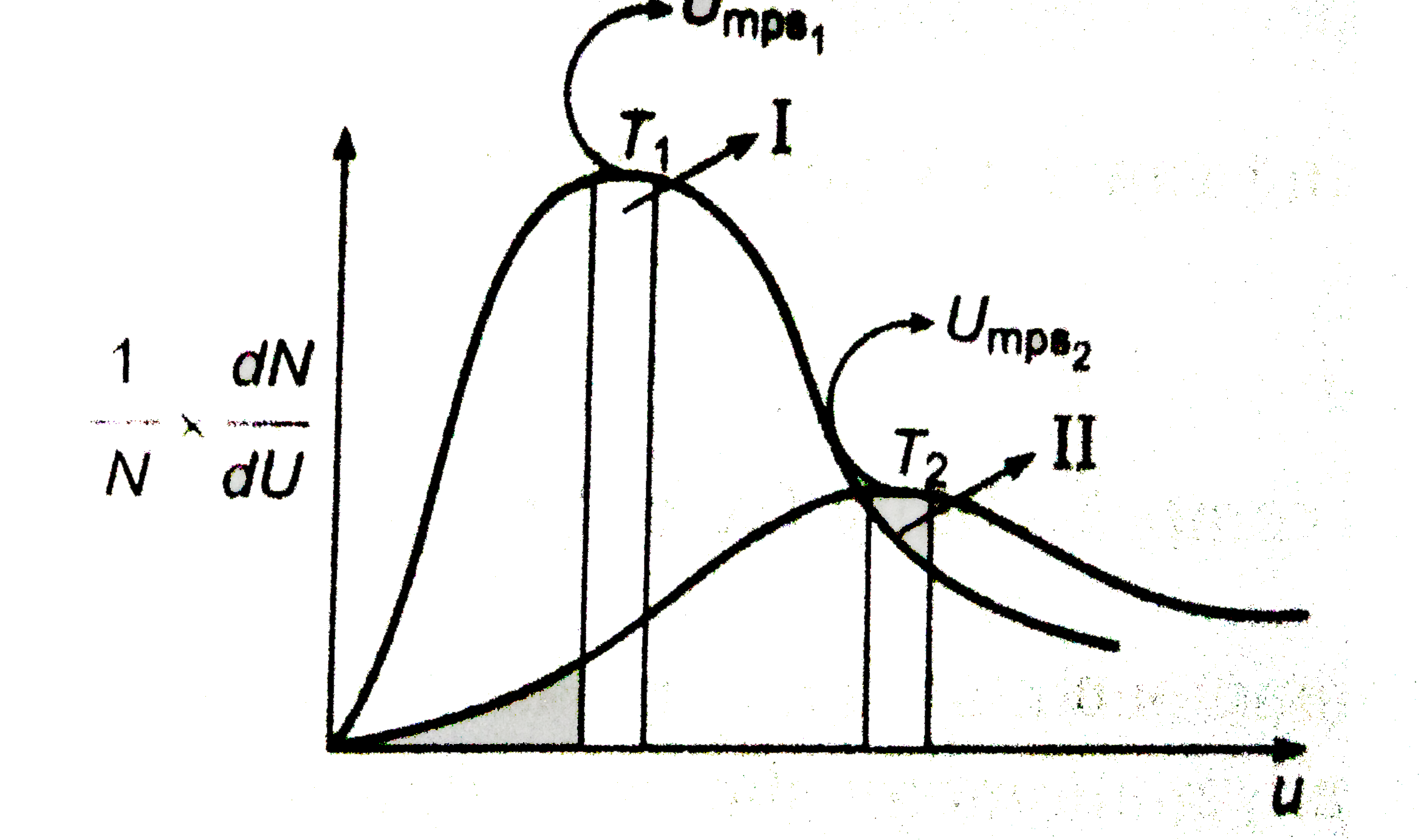
View SolutionFigure shows graphs of pressure vs density for an ideal gas at two temperature T1andT2. Which of the following is correct?
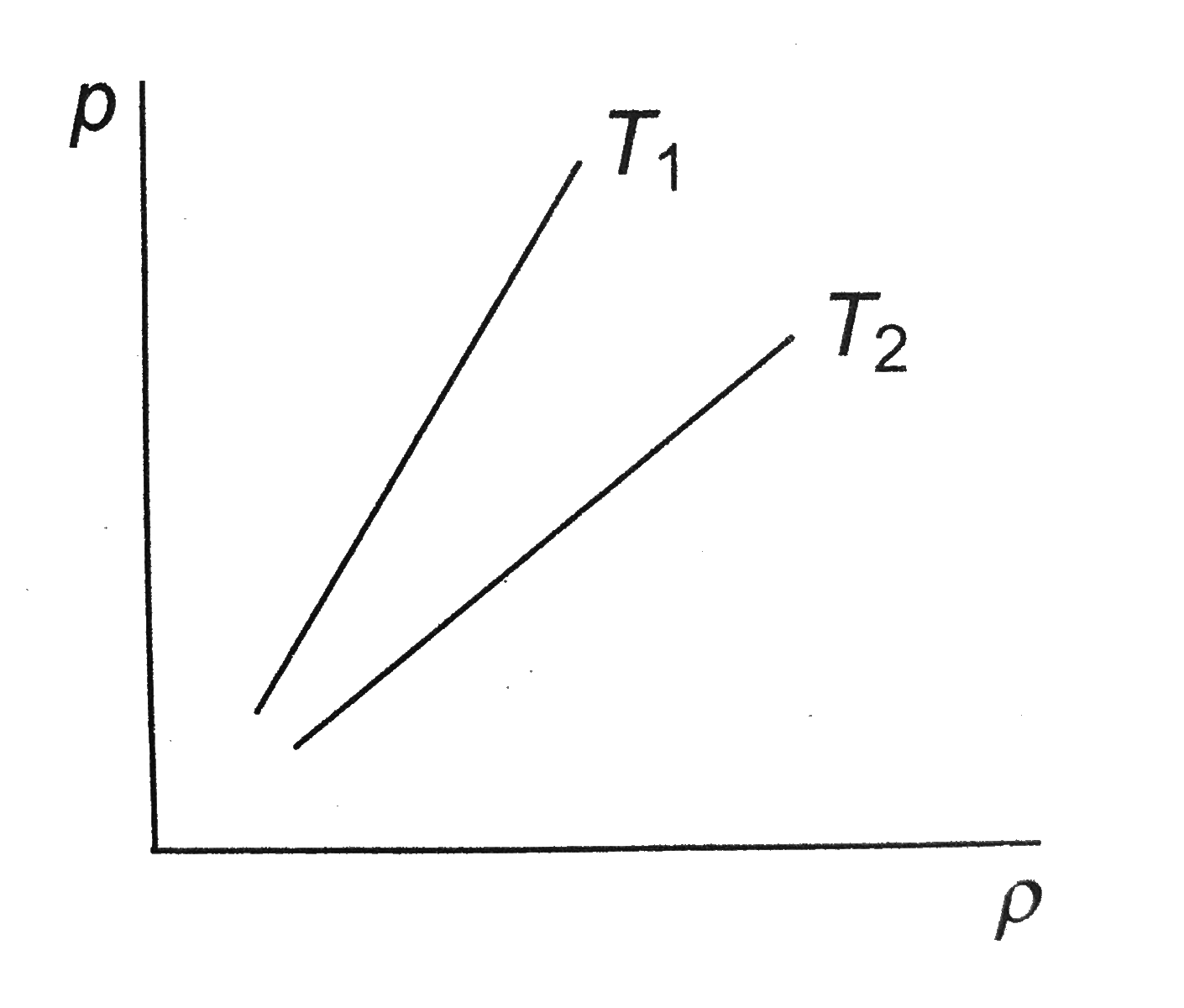
View SolutionThe adjoining fgure shows graph of pressure and volume of a gas at two temperatures T1 and T2 Which one the following is correct
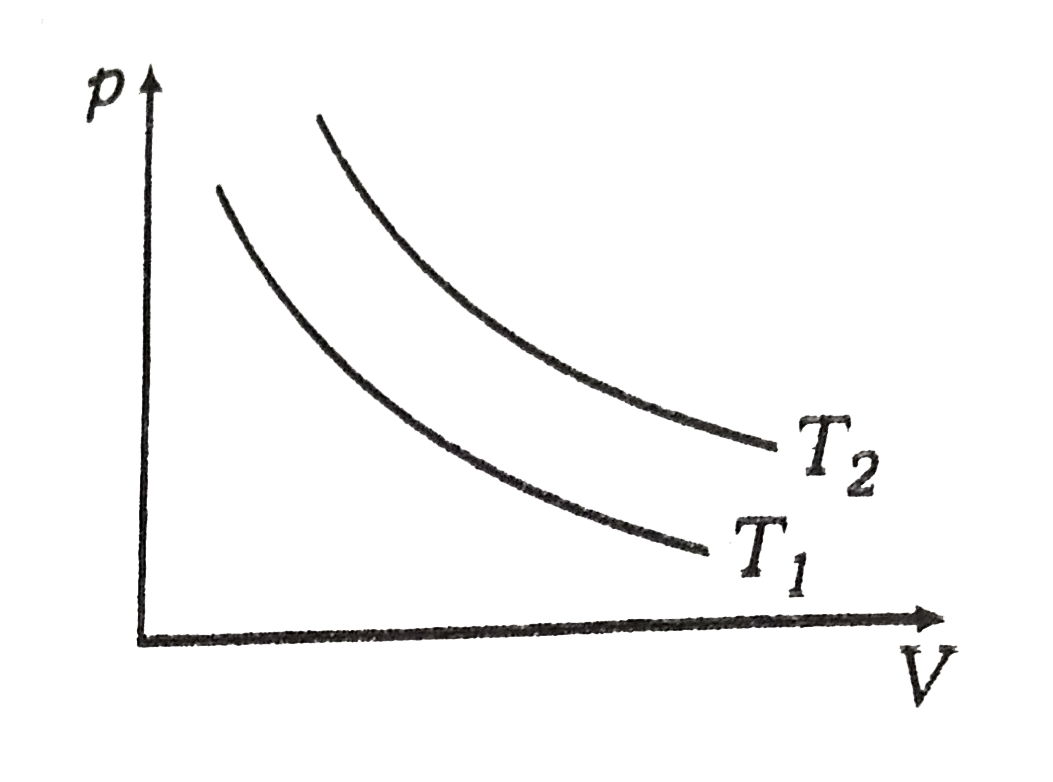
View SolutionThe figure shows the variation of V with i at temperatures T1 and T2. Then T1−T2 is proportional to
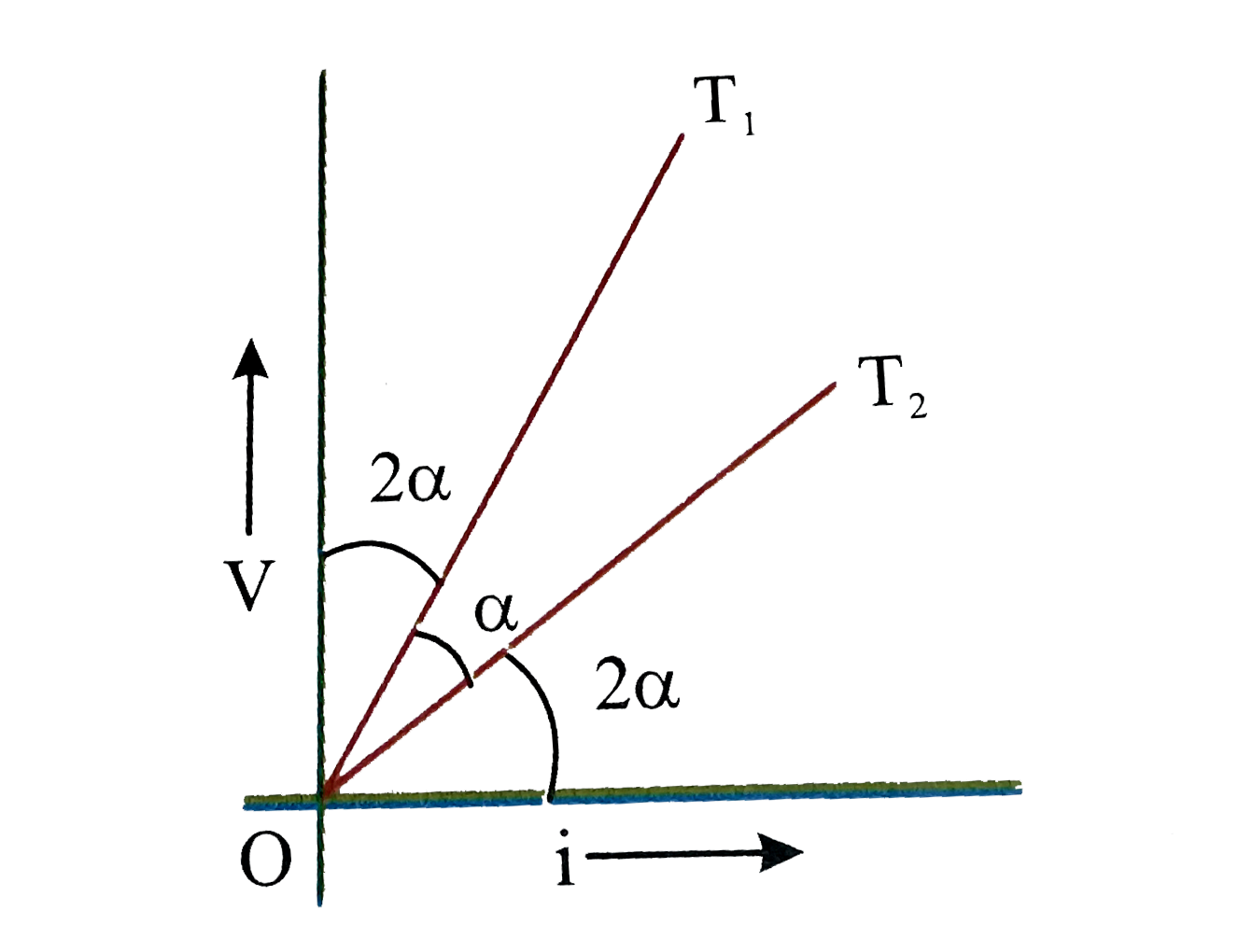
View Solution


